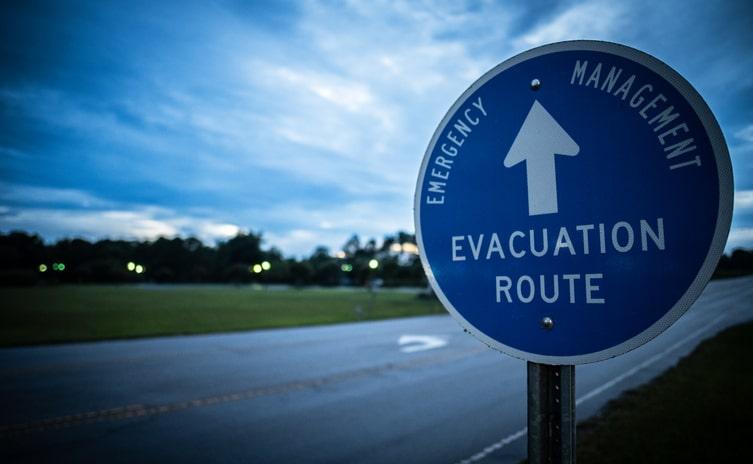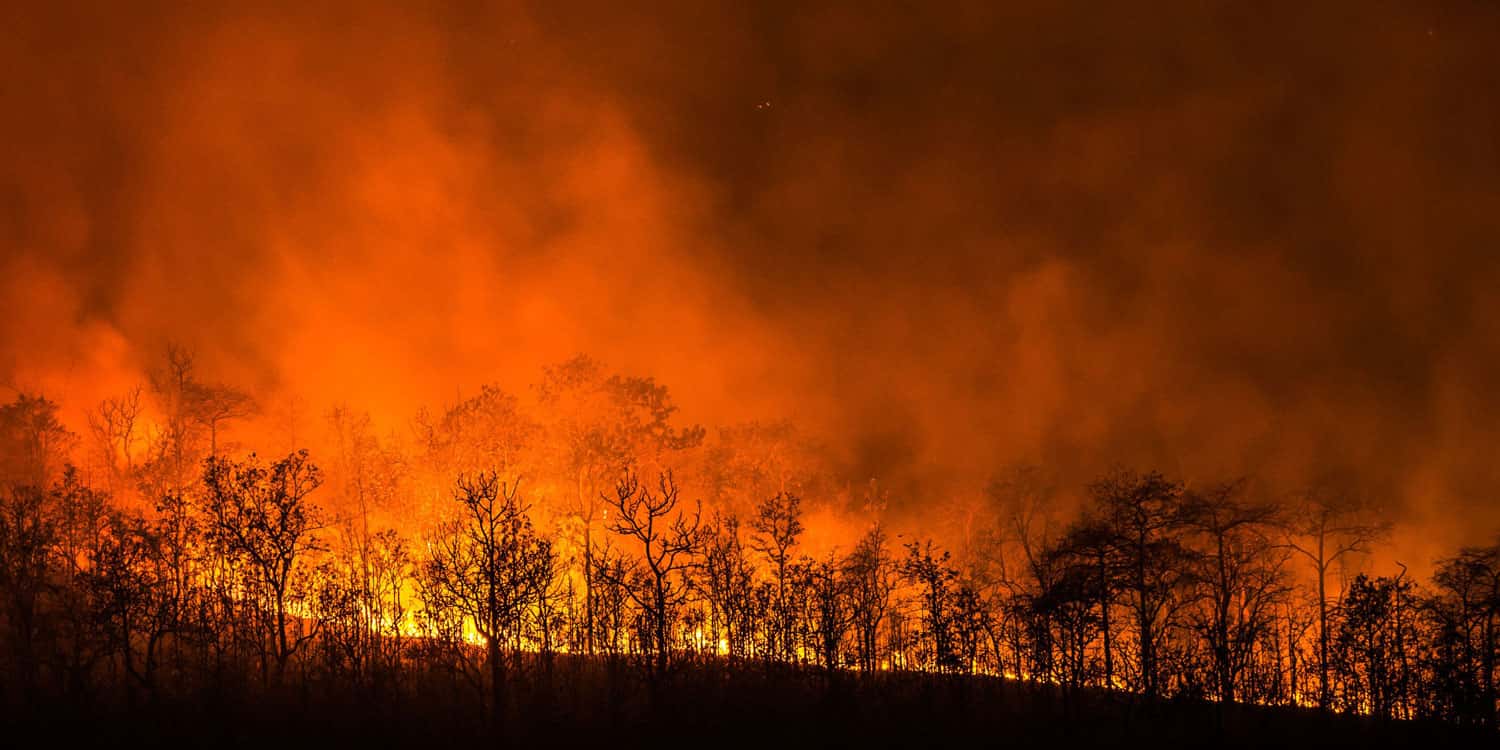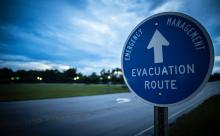Natural Disasters


It's unfortunate, but many of the natural processes that keep the Earth moving can result in tragedy. The tectonic movement that protects us from solar radiation also causes earthquakes. The air pressure changes that bring rain and carry seeds also cause hurricanes. At their worst, these natural events can spell catastrophe for humans, and much of human history has been shaped by natural disasters. Learn more about what these disasters are, why they happen, how we respond in afflicted areas, and some important historical examples. Check out our sections about earthquakes and weather-related disasters to learn more about those.
Heat
Sustained periods of heat can lead to a number of serious risks. The most dramatic of these are wildfires; a lack of rain can leave forests and grasslands at high risk of catching fire. Though many environments are dependent on wildfires to replenish the soil, these spell trouble for the humans who get caught up in them. Related issues like droughts can strain people's essential resources. Or the heat itself can cause health problems in vulnerable populations.
Record Highest Temperatures in the U.S. by State
Volcanoes
Volcanoes are formed when magma erupts of the earth's crust and becomes lava. The ash and lava released by their eruptions can be devastating. Since at least the eruption that buried Pompeii, volcanoes have had a special reputation for their destructive capabilities. To learn more about the science of volcanoes and their distribution, check out Volcanoes of the World.
Inundations
In all seasons, too much H2O on the ground can be a very dangerous thing. In the winter minor shifts in the snow can cause avalanches; the snow dislodged at worst can flatten structures and people. In the rest of the year, excess groundwater can dislodge soil and cause deadly mudslides, or can cause widespread flooding.
Floods, Avalanches, and Tidal Waves









